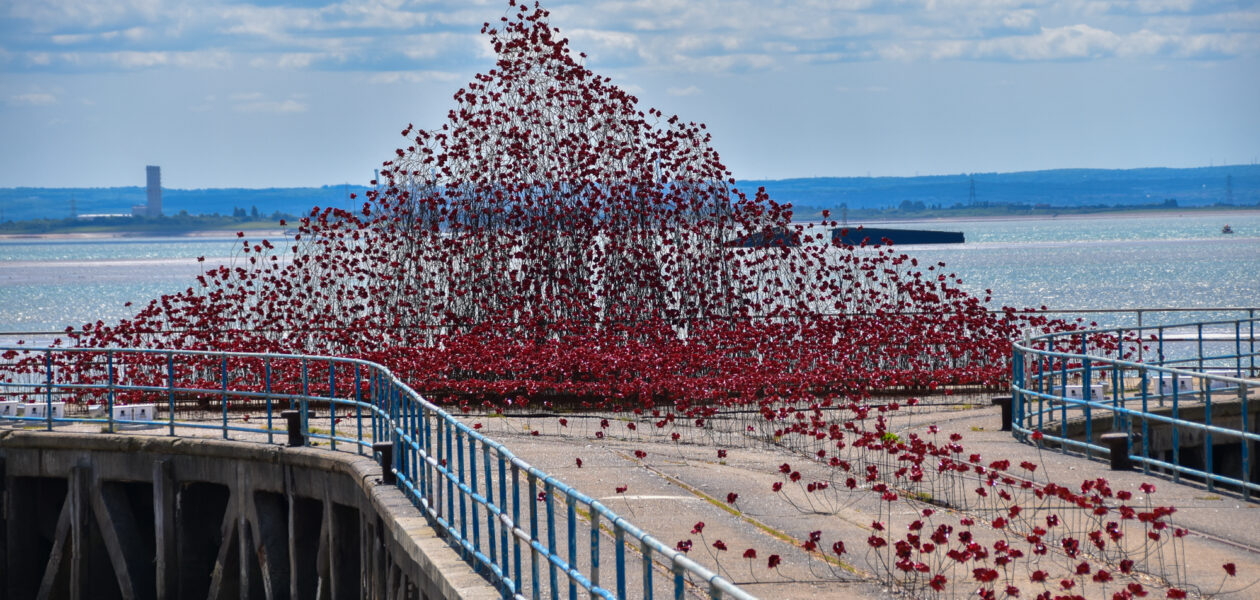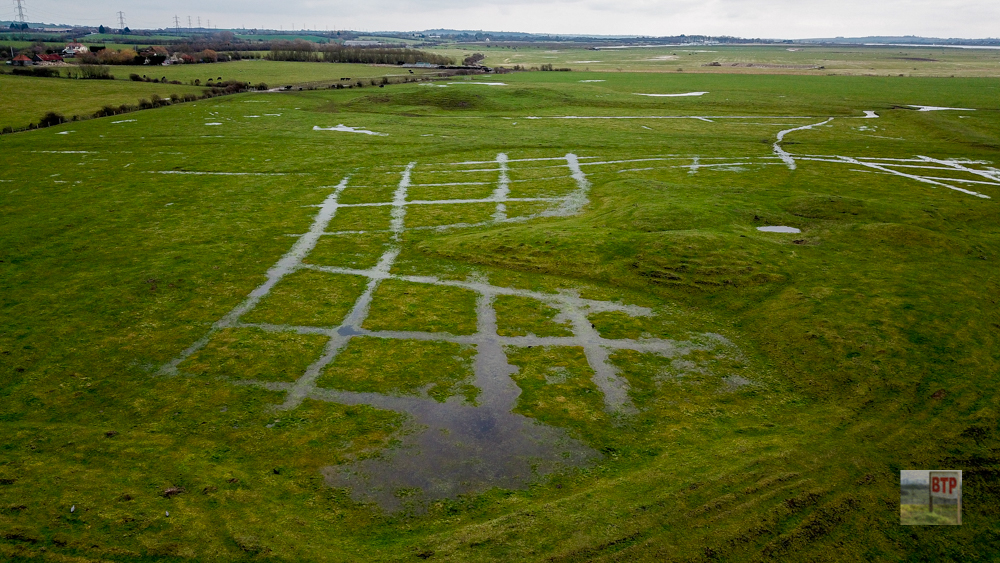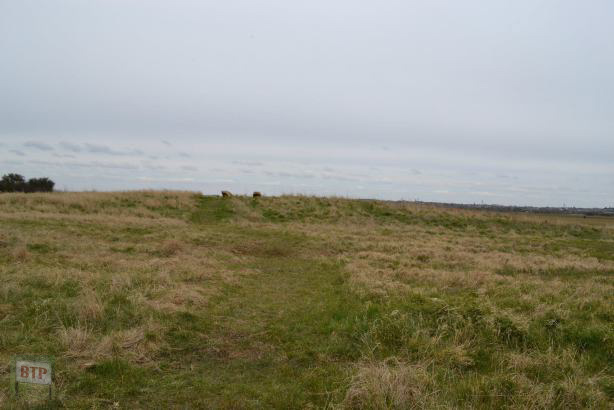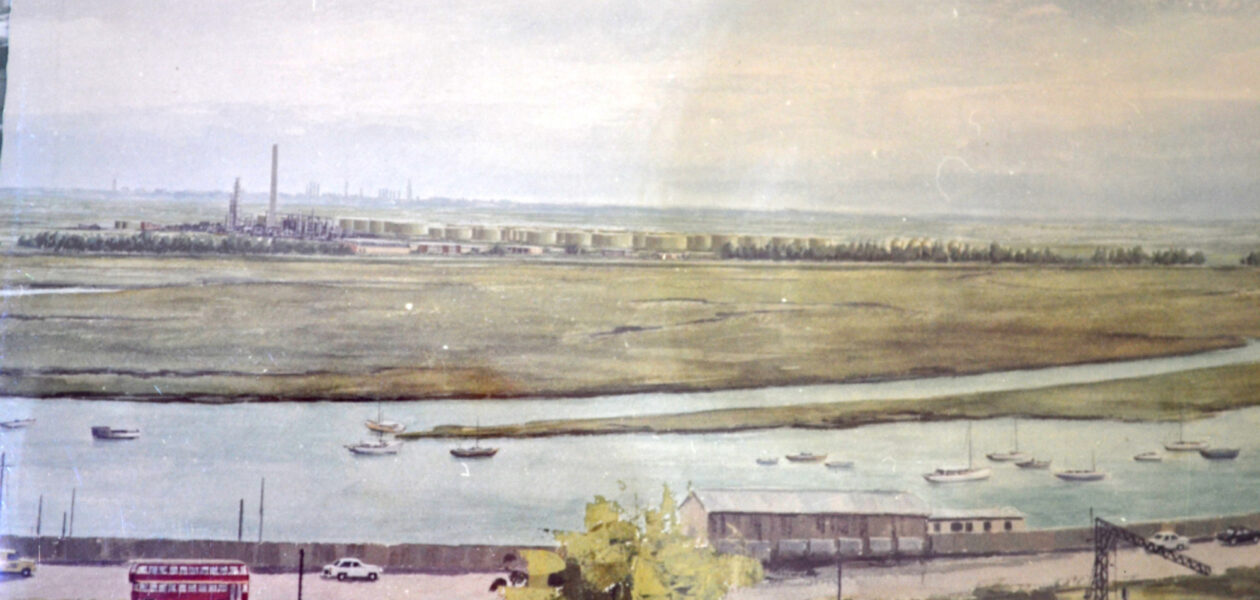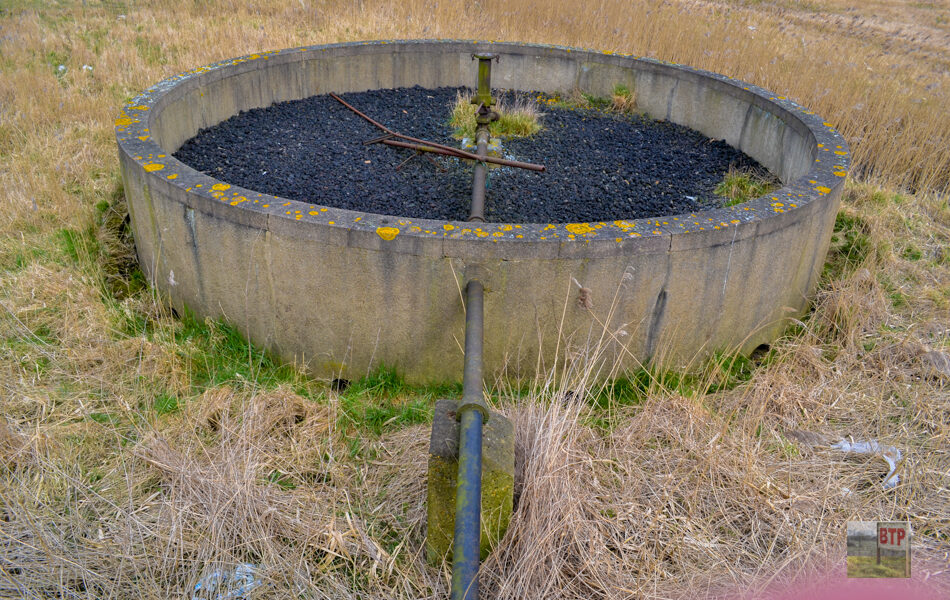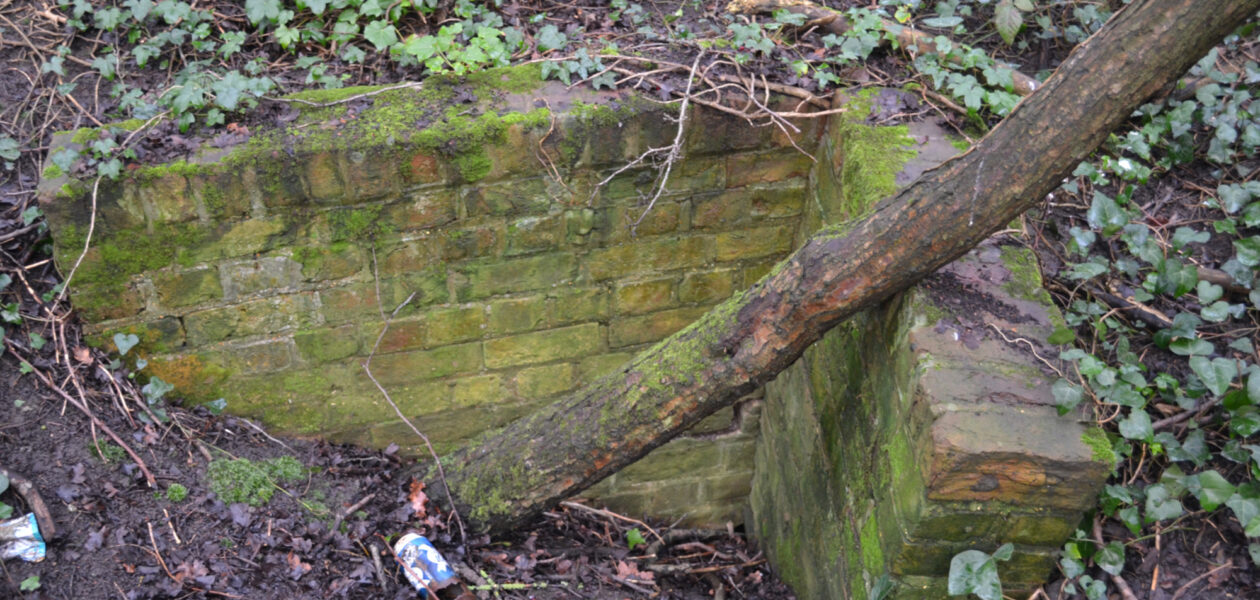Shoeburyness Poppy Wave
It’s the final two weeks of the Poppy Wave sculpture in Shoeburyness and we decided to take a look before the wave of poppies move onto it’s next location in Plymouth. Shoeburyness was chosen to host ‘Wave’ due to the efforts of the town during the First World War. The Garrison provided crucial training for…
View More
